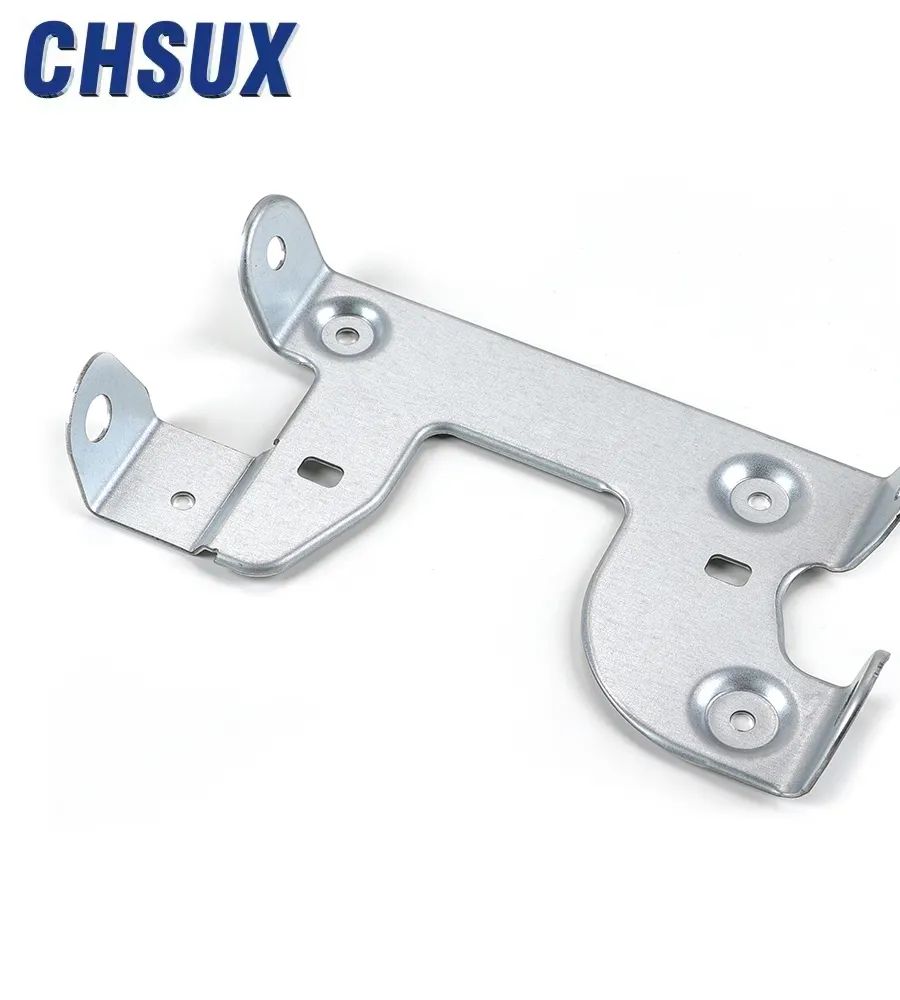
Quyosh gibrid invertorlari samaradorlik va ishonchlilikni mukammal birlashtiradi, quyosh energiyasini batareya saqlash bilan birlashtirib, uzluksiz energiya ta'minotini ta'minlaydi. Ular karbon izini kamaytirish va energiya mustaqilligini oshirishni xohlaydigan har kim uchun zarurdir.
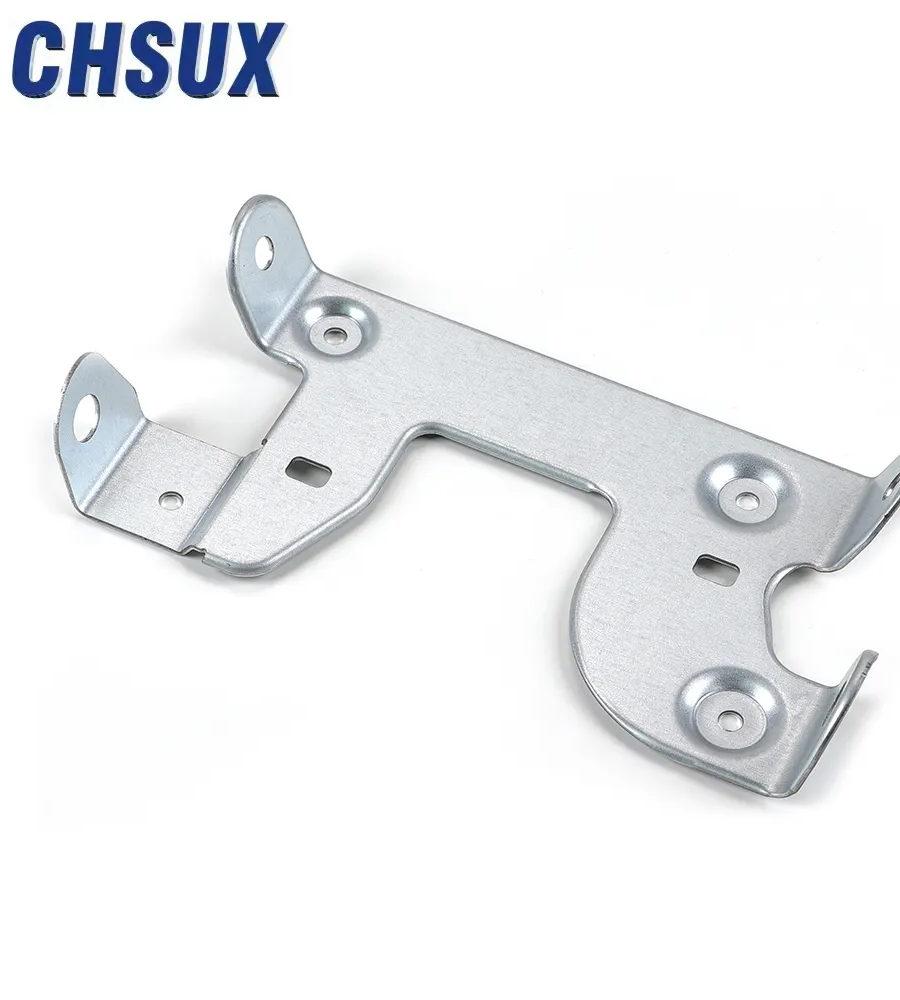
Quyosh gibrid invertorlari barqarorlik yo'lidagi harakatda muhim ahamiyatga ega. Ular qayta tiklanadigan quyosh energiyasini batareya saqlash bilan birlashtirib, fosil yoqilg'iga bo'lgan bog'liqlikni kamaytirish orqali karbon chiqindilarini katta miqdorda kamaytirishga yordam beradi. Agar uylar va bizneslar quyosh gibrid invertorlardan foydalansalar, ular energiya talablarining ko'p qismini toza energiya manbalaridan qondira oladilar, shuning uchun atmosferaga chiqariladigan CO2 miqdorini kamaytiradilar. Bu qadam nafaqat GHGni kamaytiradi, balki energiya ta'minoti bo'yicha mustaqillikni ham ta'minlaydi. Quyosh gibrid inverteri nafaqat elektr energiyasiga pul tejaydi; balki atrof-muhitni muhofaza qilishga hissa qo'shadigan barqaror resurslardan foydalanish orqali dunyoni ham saqlaydi.
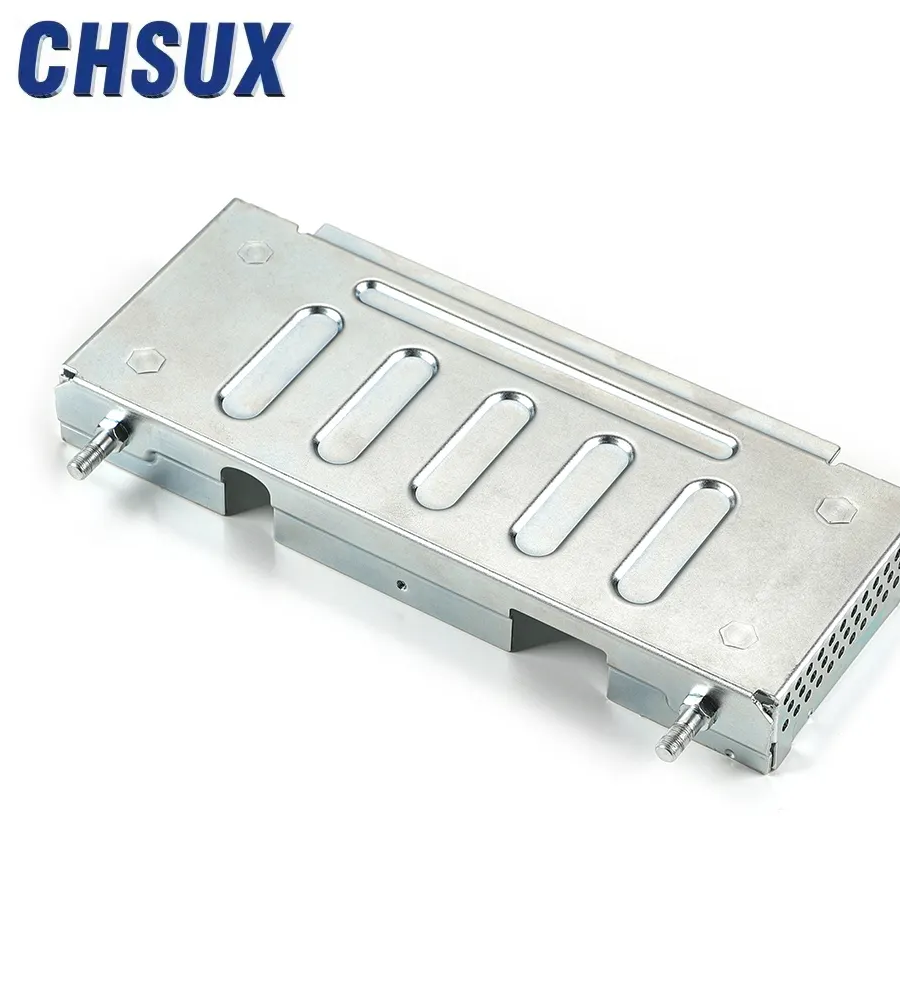
Energiya tejashdan tashqari, quyosh gibrid invertoriga pul kiritishning ko'plab iqtisodiy foydalari mavjud. Ushbu invertorlar quyosh energiyasidan foydalanishni optimallashtirishga yordam beradi, shuning uchun energiya oqimini aqlli boshqarish orqali elektr to'lovlarini kamaytiradi. Vaqt o'tishi bilan, elektr energiyasida tejangan mablag'lar dastlabki xarid narxini qoplashga yordam beradi va shuning uchun bu iqtisodiy jihatdan ma'qul hisoblanadi. Qo'shimcha ravishda, ba'zi hududlar gibrid invertorlarga ega quyosh tizimlarini o'rnatish uchun rag'batlar, chegirmalar yoki soliq imtiyozlari kabi takliflar beradi, bu esa ularni yanada iqtisodiy jihatdan foydali qiladi. Quyosh gibrid invertorini tanlash orqali siz nafaqat xavfsiz energiya manbaini olasiz, balki uzoq muddatda energiya xarajatlarini kamaytirish va mulkingizning qiymatini oshirishga olib keladigan aqlli moliyaviy qaror qabul qilasiz.
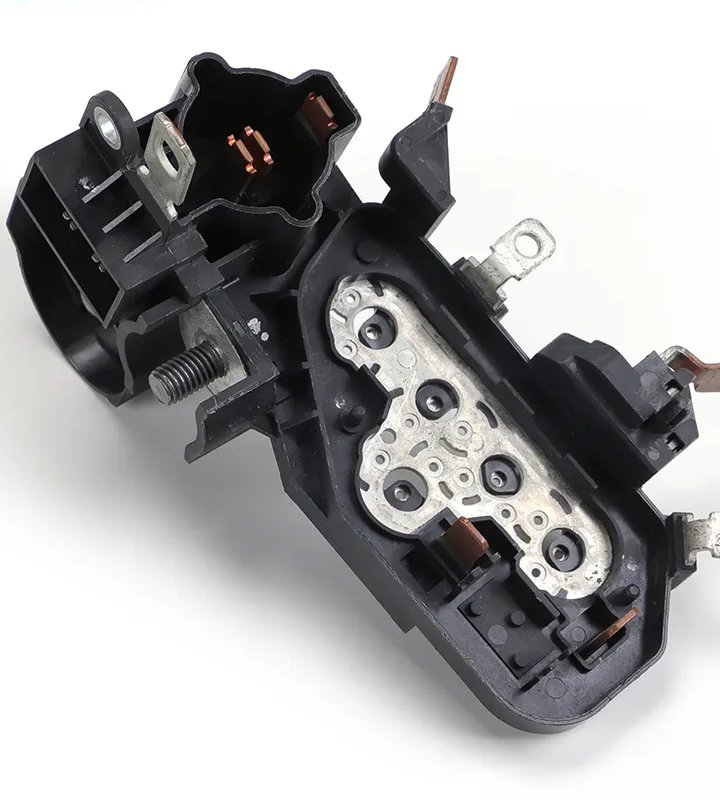
Energiya tizimida, quyosh gibrid invertorlari qo'shimcha quyosh energiyasini keyinchalik foydalanish uchun saqlash imkonini beruvchi saqlash inshooti sifatida xizmat qiladi. Odatda, quyosh quyayotgan paytda, quyosh panellari o'sha paytda talab qilinadigan elektr energiyasidan ko'proq ishlab chiqaradi. Ushbu ortiqcha energiyani tarmoqqa qaytarish o'rniga, uni quyosh gibrid invertori yordamida batareyalarda saqlash mumkin. Saqlangan energiya keyin quyosh yo'q bo'lganda yoki elektr uzilishlari paytida uyingizni yoritish yoki biznesingizni yuritish uchun ishlatilishi mumkin. Bu nafaqat doimiy elektr ta'minotini ta'minlaydi, balki eng yuqori quyosh soatlari ishlab chiqarishidan foydalanib, elektr to'lovlarini ham tejaydi.

Hozirgi kunda, quyosh gibrid invertorlari turli manbalardan energiyani samarali boshqarishga yordam beradigan eng muhim qayta tiklanadigan energiya texnologiyalaridan biridir. Bunday invertorlarda quyosh panellari, batareyalar va tarmoqdan kelayotgan energiya uzluksiz birlashtiriladi, shuning uchun sizning uy yoki biznesingiz doimo ishonchli energiya ta'minoti bilan ta'minlanadi. Quyosh gibrid inverteri shuningdek, energiya ehtiyojiga qarab elektr energiyasini aqlli ravishda taqsimlaydi, shuning uchun insonning quyosh tizimidagi samaradorlikni oshiradi. Natijada, bu sizga kommunal kompaniyalardan energiya foydalanishni kamaytirishga imkon beradi; shuning uchun elektr to'lovlarini kamaytirish va shaxsiy karbon izlarini qisqartirish mumkin. Siz allaqachon o'rnatilgan narsalarni yaxshilash yoki ushbu texnologiya bilan yangidan boshlash haqida bo'ladimi - bu ahamiyatga ega emas; quyosh gibrid invertorlarga qilingan har qanday investitsiya kelajakda barqaror bo'ladi, chunki ular barqaror energiyalar bilan bog'liq kelajak imkoniyatlarimizni ifodalaydi.

Dongguan CHSUX Precision Technology Co., Ltd., a 17 yillik OEM va ODM ishlab chiqaruvchisi Dongguan shahridagi RF konnektorlari, ilmiy-tadqiqot ishlari, ishlab chiqarish va nozik apparatlar, RF konnektorlari, koaksiyal kabellar, simi agregatlari, antennalar, avtoulov komponentlari va mikroto'lqinli mahsulotlarni sotishga ixtisoslashgan. SMA, SSMA, SMB va boshqalar kabi keng qamrovli chastotali koaksiyal ulagichlar bilan biz mijozlarning turli ehtiyojlarini qondiramiz.
Ilg'or avtomatik va yarim bilan jihozlangan avtomatik mashinalar , biz mustahkamlikni saqlaymiz R&D Jamoa va ishlab chiqarish zanjiri. IATF 16949, ISO 9001 va ISO 14001 kabi xalqaro standartlarga sodiqligimiz sifatga sodiqligimizdan dalolat beradi.
Biz butun dunyo bo'ylab mijozlar va biznes hamkorlarni o'zaro o'sish va muvaffaqiyat uchun biz bilan hamkorlik qilishga taklif qilamiz.
Doimiy yuqori sifatli materiallar mijozlarning mamnuniyatini ta'minlaydi.
Ishlab chiqarishning samarali uskunalari butun dunyo bo'ylab o'z vaqtida yetkazib berishni ta'minlaydi.
Jozibali narxlar katta buyurtmalarni xarajatlarni yanada samarali qiladi.
Xizmat ko'rsatishda javob beradiganlik mijozlar bilan munosabatlarni va ishonchni oshiradi.
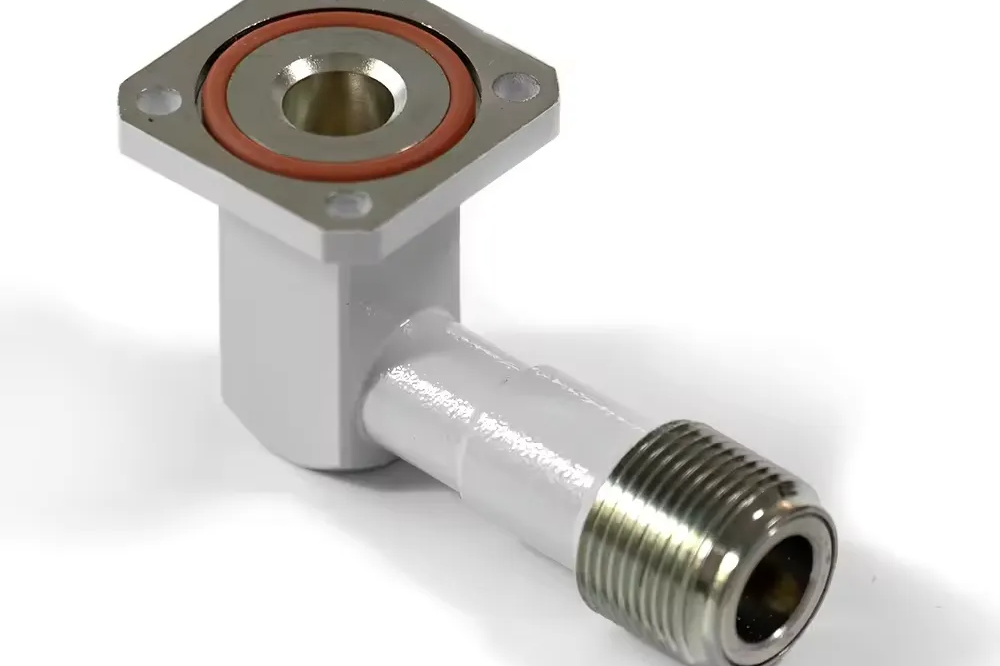
09
Aug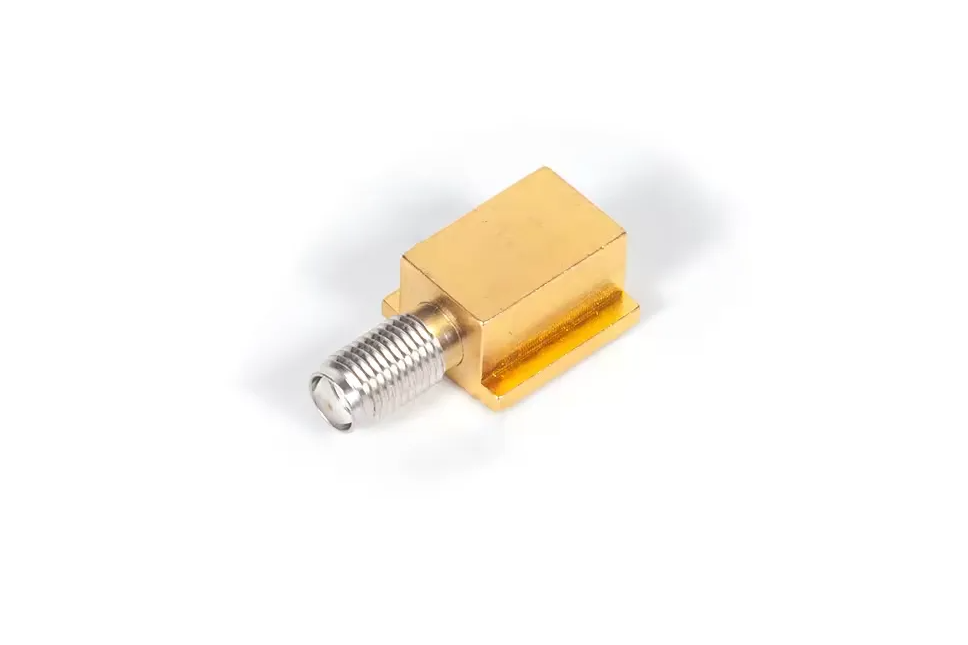
09
Aug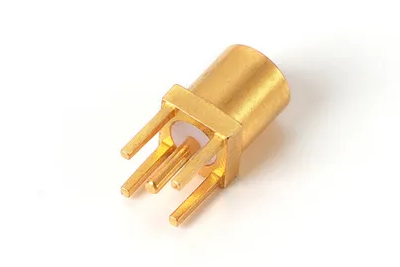
09
Aug
Avtomobil uskunalari komponentlari qozg'atuvchilar, tutqichlar, qisqichlar, prujinalar va boltlarni o'z ichiga oladi. Qozg'atuvchilar, masalan, vintlar va yong'oq, qismlarni bir-biriga mustahkam ushlab turadi. Tutqichlar dvigatellar yoki elektr birliklari kabi komponentlarni qo'llab-quvvatlaydi va o'rnatadi. Qisqichlar kabellar yoki shlanglarni boshqaradi va mustahkamlaydi, prujinalar esa turli mexanizmlarda zaruriy kuchni ta'minlaydi. Boltlar muhim joylarda kuchli, bardoshli ulanishlarni taqdim etadi, bu esa transport vositasining tuzilishi va ishlashini ta'minlaydi.
Material tanlash avtomobil uskunalari komponentlarida juda muhimdir, chunki bu to'g'ridan-to'g'ri bardoshlilik, og'irlik va korroziyaga qarshilikka ta'sir qiladi. Yuqori sifatli po'latdan tayyorlangan komponentlar kuch va uzoq umr ta'minlaydi, lekin og'irroq bo'lishi mumkin, bu esa yoqilg'i samaradorligiga ta'sir qiladi. Alyuminiy esa engil va korroziyaga qarshi turadi, bu esa uni qiyin sharoitlarga duchor bo'lgan qismlar uchun ideal qiladi. Plastik materiallar ko'pincha ularning xarajat samaradorligi va kimyoviy moddalar qarshiligi uchun ishlatiladi, lekin metall alternativalarning bardoshliligidan mahrum bo'lishi mumkin.
Avtomobil uskunalari komponentlari transport vositalarining xavfsizligi uchun juda muhimdir, chunki ular barcha qismlarning mustahkam bog'langan va to'g'ri ishlayotganligini ta'minlaydi. Masalan, yuqori kuchlanishli boltlar shassida to'qnashuv paytida tuzilma yaxlitligini saqlash uchun ishlatiladi. To'g'ri o'rnatilgan bracketlar va mahkamlagichlar komponentlarning bo'shashishini oldini oladi, bu esa nosozliklarga olib kelishi mumkin. Bundan tashqari, qismlar kabi klamp va springlar turli tizimlarda to'g'ri moslash va kuchlanishni saqlashga yordam beradi, bu esa xavfsizlikni tahdid qilishi mumkin bo'lgan nosozliklar xavfini kamaytiradi.
Avtomobil uskunalari komponentlari oson va samarali yig'ish uchun mo'ljallangan, bu esa zamonaviy ishlab chiqarishda muhimdir. Standartlashtirilgan komponentlar, masalan, boltlar va yong'oq, tez yig'ish imkonini beradi, ishlab chiqarish vaqtini qisqartiradi. Modulli bracketlar va klamp oson o'rnatilishi mumkin, bu esa maxsus qismlar va asboblar ehtiyojini minimallashtiradi. Ushbu samaradorlik nafaqat yig'ish jarayonini tezlashtiradi, balki ishlab chiqarish xarajatlarini ham kamaytiradi, bu esa arzonroq transport vositalariga hissa qo'shadi.
So'nggi yangiliklar avtomobil apparat komponentlarida kuchni oshirish va vaznni kamaytirishga qaratilgan. Kompozit materiallar sohasidagi yutuqlar engil, lekin kuchli komponentlarni yaratishga imkon beradi, bu esa transport vositalarining ishlashini va yoqilg'i samaradorligini yaxshilaydi. Bundan tashqari, turli sharoitlarda xususiyatlarini o'zgartira oladigan aqlli materiallardan foydalanish paydo bo'lmoqda. Ushbu yangiliklar zamonaviy avtomobil ishlab chiqarish uchun yanada bardoshli, moslashuvchan va barqaror yechimlar taqdim etishga qaratilgan.
